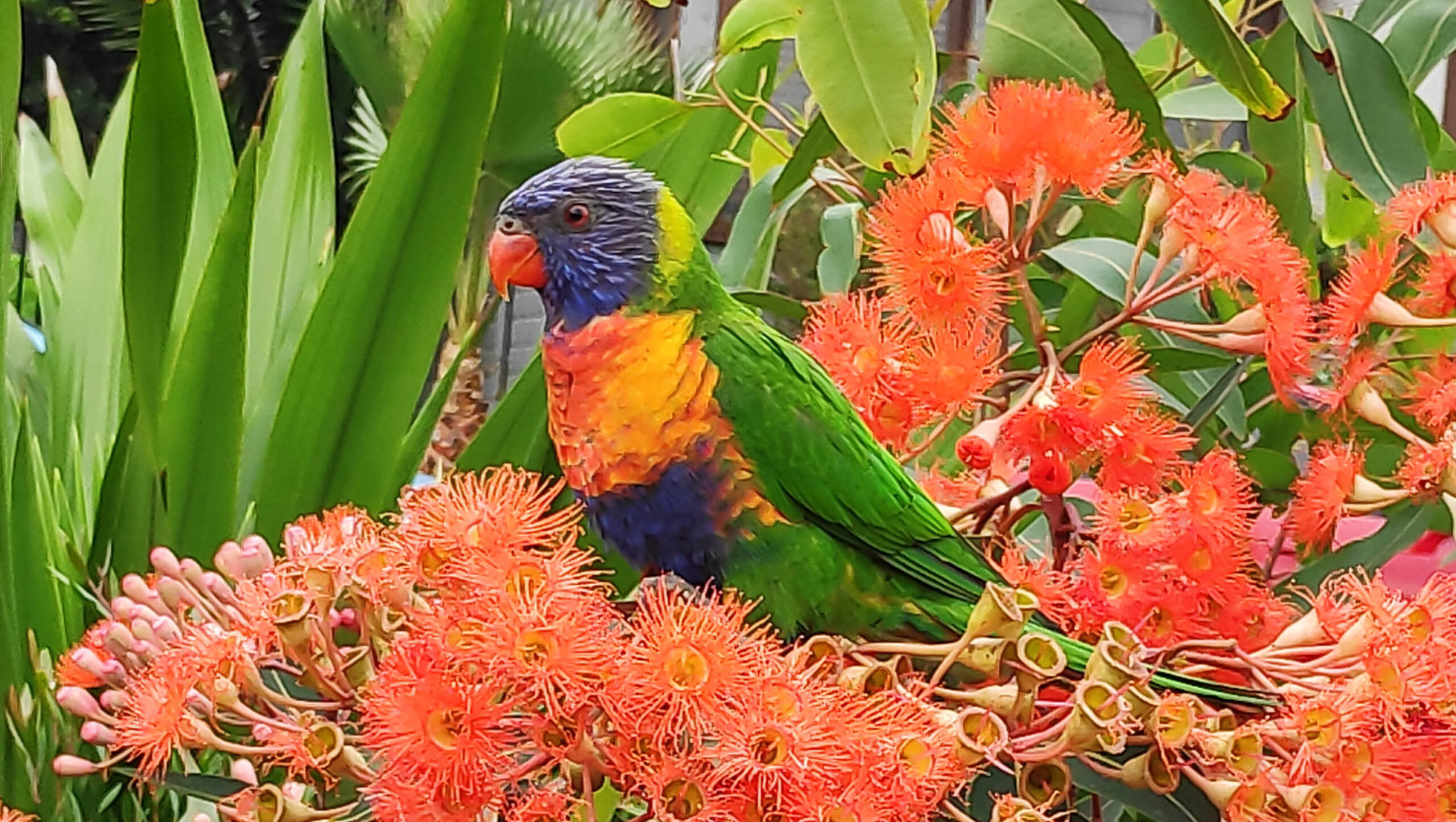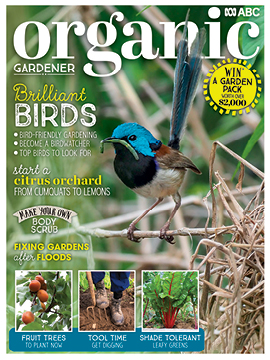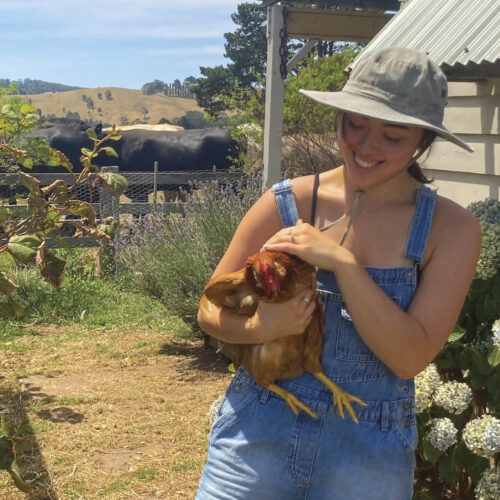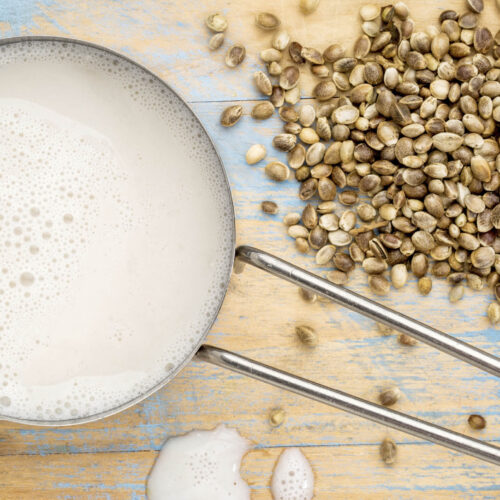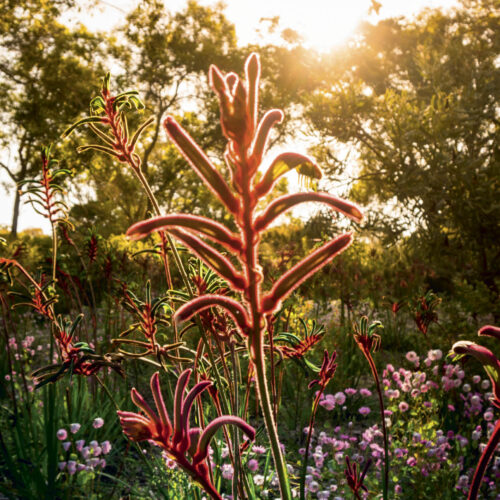The beauty and benefits of bird song
2023-03-13T06:07:16+11:00
Bird song, even in the inner city we can hear a warble or two from the surrounding trees and bushes that brings a smile, especially when those kookaburras start laughing. But they don't just add colour and beauty, they are also good for our mental wellbeing according to recent research, writes Leanne Croker.
As the world becomes increasingly noisy, it’s easy to overlook the beauty and benefits of listening to the sounds of nature, particularly the songs of birds. As gardeners we know they are an important part of the biodiversity that keeps our plants (and the planet) happy. Recent research has also found that there’s evidence that listening to them can have a positive impact on our mental wellbeing.
Our obsession with birds
Here in Australia, birdwatching is a popular recreational activity, with a large and active birdwatching community. In 2022, a growing flock of citizen scientists participated in the Aussie Bird Count, held last October. Despite record rains and floods over much of New South Wales, Victoria and Tasmania, over 77,000 people across Australia braved the conditions to be part of the nation’s largest citizen science project.
“Between us, we recorded more than 3.9 million birds of 620 different species,” said Sean Dooley, BirdLife Australia’s National Public Affairs Manager.
With 22 bird species found across a range of Australian environments identified by the Threatened Species Action Plan as at risk, anything we can do to help provide an environment for our native birds is a plus — for them and for us.
A bird does not sing because it has an answer, it sings because it has a song. — Maya Angelou
Benefits of these beauties
It is the thought of decreasing numbers of bird species that makes the recent research from King’s College London worth sharing: science backed work that give us even more reasons why we need to do our best to build environments that support bird life.
New research from the Institute of Psychiatry, Psychology & Neuroscience (IoPPN) at King’s College London has found that seeing or hearing birds is associated with an improvement in mental wellbeing that can last up to eight hours. Published in Scientific Reports, the study used smartphone application Urban Mind to collect people’s real-time reports of mental wellbeing alongside their reports of seeing or hearing birdsong.
In the study, the researchers used the Urban Mind smartphone application to examine the impact of seeing or hearing birds on self-reported mental wellbeing in real-life contexts. A sample of 1292 participants completed a total of 26,856 ecological momentary assessments between April 2018 and October 2021.
Senior author, Andrea Mechelli, Professor of Early Intervention in Mental Health at the IoPPN said: “The term ecosystem services is often used to describe the benefits of certain aspects of the natural environment on our physical and mental health. However, it can be difficult to prove these benefits scientifically. Our study provides an evidence base for creating and supporting biodiverse spaces that harbour birdlife, since this is strongly linked with our mental health. In addition, the findings support the implementation of measures to increase opportunities for people to come across birdlife, particularly for those living with mental health conditions such as depression.”
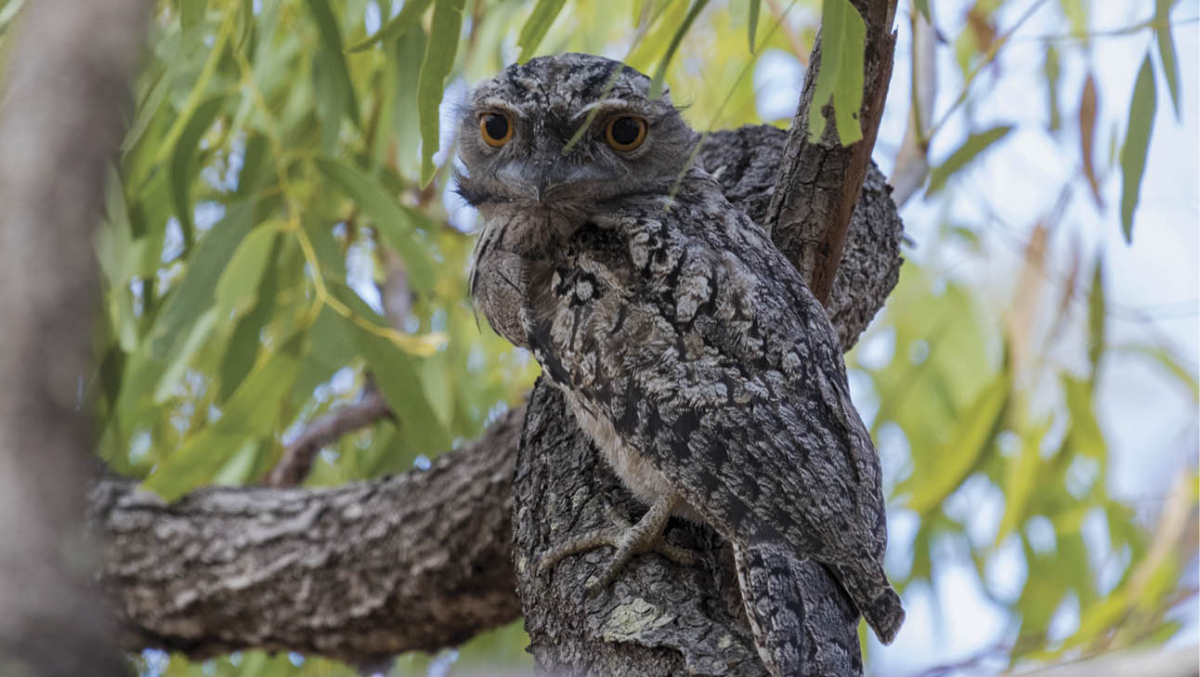
Tips for a bird-friendly garden
There is a lot we can do in our own backyards to encourage birdlife – not just for own wellbeing, but knowing the birds we see are part of our natural ecosystem. A good place to start is with bird-attracting plants such as the following:
- Thin-leaf wattle (Acacia aculeatissima): This plant along with other small prickly wattles and natives such as Gorse Bitter-pea (Daviesia ulicifolia), are a fantastic refuge for small wildlife.
- Silver banksia (Banksia marginata): This is indigenous to central Victoria but there are other lovely banksias in all states. Banksia flower for almost the whole year providing nectar for sugar gliders, honeyeaters and pygmy possums, as well as attracting food for the insect eaters.
- Sweet bursaria (Bursaria spinosa): Sweet bursaria is widespread in all states except WA. It’s an essential plant for many species, providing an important link in biological diversity for birds, insects, beetles and spiders.
- Clustered everlasting (Chrysocephalum semipapposum): True to its name, this plant flowers for a very long-time, providing food for insects and birds. It’s also a good butterfly food plant, especially for Australian Painted Lady butterflies.
- Billy-buttons: Billy-buttons, such as the many species of Craspedia, are found in every state. They are good butterfly food plants, as well as a food source for other insects which then provide food for birds.
Another way to help is to become a citizen scientist and contribute to the research done here in Australia.
You can find out more about attracting birds to your backyard in a feature written by Libby Woodward in our Early Winter 2022 issue (OG 133). There’s a selection of back issues available here — you can also subscribe and get the most recent issues delivered to your door!

